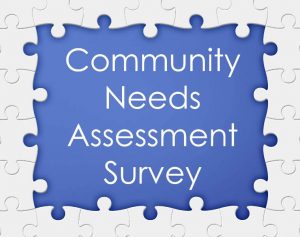For Citizens

Growing a Movement
Tips for Grassroots Growth
- Use this Toolkit and study this page and become a community-owned wired fiber-to-the-premises savant
- Talk about community-owned broadband to people you know. Voice your interest in wired fiber during a PTA meeting. Or bring it up at a luncheon with business owners. Joining with like-minded individuals is key to building support and finding a champion.
- Fast-Track Your Project. Let’s Connect Salt Spring has created a Blueprint that will help you get from telecom-controlled Internet to Community Fiber. Read their proposal Here.
- Learn How to Adapt it to your community Here.

- Consider forming a non-profit that will promote community broadband where you live. Here’s an example from Maryland:
Mid-Atlantic Gigabit Innovation Collaboratory (MAGIC) is a local non-profit in Westminster, MD dedicated to making sure the economic development potential of the municipal Westminster Fiber Network (WFN) is fully realized.
- Start a weekly or monthly group to find solutions for your community. There are many ways to organize this kind of group. Here’s some inspiration from Colorado:
Broadband and Beers began gathering to discuss broadband in their community and support local craft breweries. In 2017, when corporate ISPs unleashed a high price tag campaign against community broadband in their town, this grassroots group responded by educating the public about the benefits of fiber and public ownership. In 2018, voters gave the green light to launching municipal broadband in Ft. Collins, Colorado.
- Spread the word. This quirky and irreverent 2 minute video launched Portland’s Municipal Broadband campaign:
Action Plan for a Community Broadband Group
1. Discuss
- How can we motivate people in our community to join our group?
- Are there existing organizations we should work with?
-
What barriers exist to grow this movement? ( Apathy? Lack of awareness? Non-ideological alignment? )
2. Assess Community Needs
- What are the broadband Internet access needs in your community?
- Are they being met? Areas to consider are access, speed and cost.

Households
- What about middle-income households?
- What about low-income households?
Businesses
- Are businesses able to get what they need to compete?
- What do small businesses need to grow and thrive?
Schools
- Do schoolchildren have the connectivity they need to do their homework?
- Do the schools have the resources they need?
Safety
- Are you concerned about the effects on human and environmental health of the radiofrequency radiation wireless networks emit?
Cost
- Are you happy with what you are paying for your Internet service?
Speed
- Are you satisfied with your upload and download speeds?
- Are these speeds the same or close to what your Internet package promises to deliver?
- If you are uncertain of how fast your actual speeds are, take a moment to do an Internet speed test found here or here.
Privacy
- Does your current Internet Service Provider protect your information?
- Are you confident that your Internet Service Provider will not violate net neutrality?
Community Power
What local assets are available if community-owned Internet access is lacking?
Is there…
- a city electric utility?
- a local telephone or electric cooperative?
- a good local Internet Service Provider?
- a well-run IT Department in local government?
- Are there upcoming projects (replacing streets or sidewalks, publicly-funded fiber optic projects like B.C.’s Connected Coast sub-sea cable, etc) that could be used to expand Internet infrastructure at low cost?
- What do you see as barriers to improving Internet access in your community?

3. Lobby for Action
- Mobilize and approach your local government with your community broadband proposal. Use this Action Package to prepare for your first meeting.
